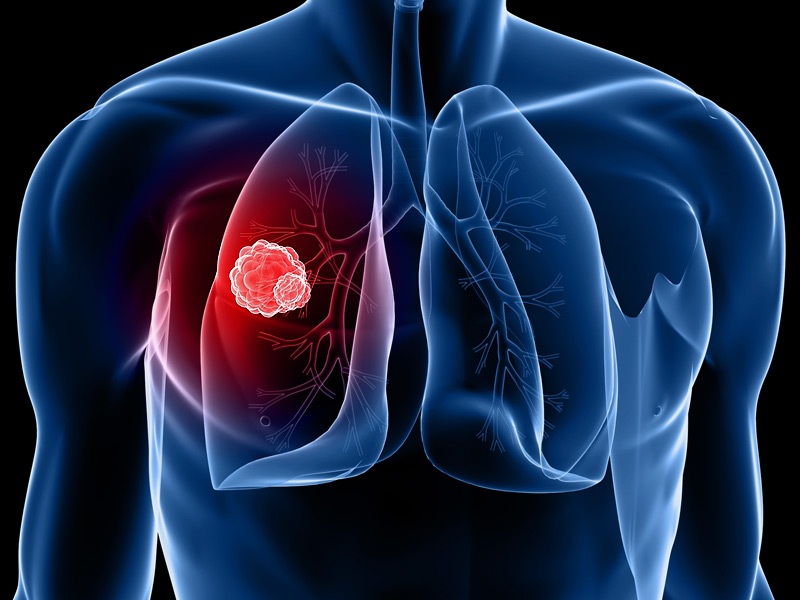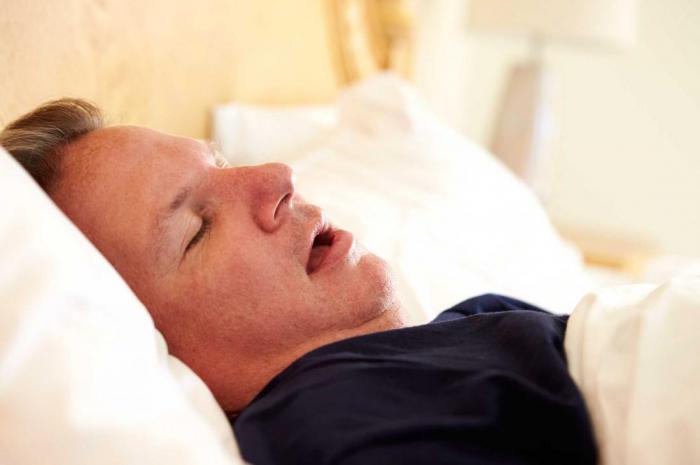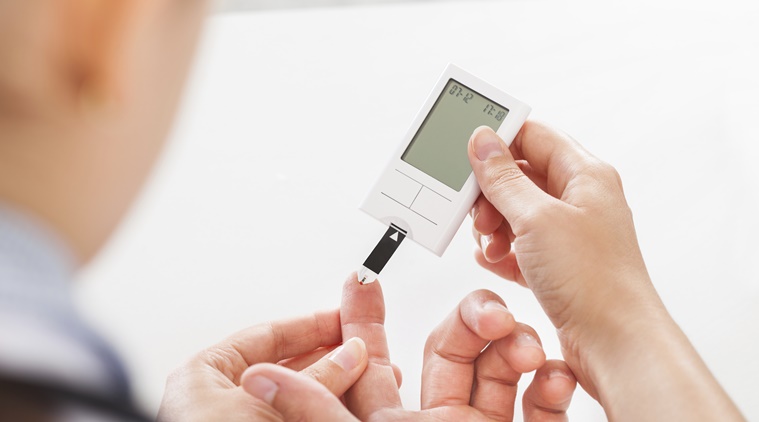6 Common Conditions That Have Almost No Symptoms
December 1 2017We don’t mean to freak you out, really. But certain serious-even potentially life-threatening conditions-may creep up on you unawares because they have no symptoms, or the few they have are so mild you can miss them unless you’re watching your body with an eagle eye. Here are 6 to be on the watch for, plus the oh-so-subtle signs you may be starting to develop them.
High blood pressure
Almost half of all people with high blood pressure don’t know that they have it, according to a 2013 study. “You can go for a long time ignoring it, and then all of a sudden it’s like falling of a cliff: You end up having a heart attack, or a stroke, or develop kidney disease,” says cardiologist Dr Mary Bauman. “The disease keeps marching on whether you know you have it or not, silently doing damage to your blood vessels as it goes.”
Protect yourself: Get your blood pressure checked once a year, even if you don’t have any risk factors. “You don’t even need to go into your doctor’s office-you can get it done at most drugstores and even supermarkets,” points out Bauman. If you have pre-hypertension your doctor will most likely recommend lifestyle measures like losing weight: According to a recent Cochrane review, losing about 4kgs can reduce systolic blood pressure by 4.5 points. If you have full-blown hypertension – you may need an ACE inhibitor or beta blocker medication, says Bauman.
Sleep apnoea
No, it’s not just for overweight guys. Up to half of all women between the ages of 20-70 suffer from obstructive sleep apnoea, according to a 2012 study. This condition-where you experience pauses in breathing while you sleep-has been linked to an increased risk of heart disease and type 2 diabetes.
“Women are much less likely to be diagnosed with sleep apnoea, and it’s usually because their symptoms are so much more subtle. Instead of snoring and extreme sleepiness during the day, they experience morning headache, mood disturbances, and a low-lying fatigue that’s easy to dismiss,” explains Dr. Richard Rose.
Another possible symptom: insomnia. “Women keep waking up in the middle of the night, and it’s because their pauses in breathing thrust them into an extreme state of arousal,” says Rose.
Protect yourself: See your doctor if you have any of the subtle signs above. You may need a referral to a sleep medicine specialist, who will have you do a sleep study where you’re hooked up to equipment that monitors your heart rate, breathing patterns, and blood oxygen levels. If you do have sleep apnoea, your doctor will likely prescribe a CPAP, a machine that delivers air pressure through a mask placed over your nose while you snooze.
Glaucoma
Caucasian women make up the largest group of people with glaucoma-a condition that robs you of your vision by damaging the optic nerve. “The change can happen so slowly that you don’t notice any vision loss until the condition is at a very advanced stage,” explains Dr Joel Schuman. “Your brain fills in the part that’s missing with information from the surrounding area, so you don’t perceive anything strange-even if your vision’s restricted to quite a small area.”
Some possible clues? You might find yourself tripping over curbs or steps or knocking over things like cups or glasses thanks to a loss of depth perception. You might also have trouble driving at night, as your ability to distinguish between very fine light and dark diminishes.
Protect yourself: It is recommended that everyone get a baseline screening at age 40, followed by screenings every 2 to 4 years depending on your personal risk factors. After age 65, you should get checked annually.
Diabetes
Many cases of diabetes in are undiagnosed. “You can have abnormal blood sugar for a while and have virtually no symptoms,” explains Bauman. Subtle signs such as dry mouth, feeling very thirsty, peeing a lot and even blurry vision can be brushed off and ignored. “It’s easy to chalk these symptoms up to being tired or stressed,” says Bauman.
Another sign that may crop up, especially if you’re very overweight, is acanthosis nigricans, where tan or brown raised areas appear on the back of your neck or skin folds such as your armpits or groin. “We often see it among people who don’t yet meet the criteria for diabetes but are starting to produce more and more insulin,” explains endocrinologist Dr Ashita Gupta.
Protect yourself: Get screened for diabetes every 3 years starting at age 45. If you’re overweight or have other risk factors like high blood pressure or high cholesterol, it is recommended you screen more frequently.
Polycystic ovary syndrome (PCOs)
Up to 10% of all women of childbearing age are affected by PCOS, a condition where the body overproduces male hormones, interfering with ovulation and ultimately increasing the risk of conditions such as heart disease and type 2 diabetes. Less than 50% of women with this condition are properly diagnosed. “It can be missed for years, especially if you were on the Pill in your 20s and/or 30s to avoid pregnancy,” says Dr David Keefe. While some women are diagnosed while trying to conceive (the disorder can cause infertility due to infrequent ovulation) “sometimes they’re just given a medication like Clomid to induce ovulation and sent on their way,” notes Keefe. That’s worrisome, as about half of all women with PCOS will develop either pre-diabetes or diabetes before the age of 40. They also have an increased risk of developing high blood pressure, sleep apnoea, high cholesterol and endometrial cancer.
Protect yourself: Know your body. The most common symptom is irregular periods (your cycle might be 35 days or longer if you’re not on the Pill). Other tip-offs include adult acne, facial or body hair, and thinning hair on your head. Your doctor can diagnose you with PCOS through a combination of a physical exam, medical history, blood tests to check for high androgens and/or blood sugar, and possibly an ultrasound to check your ovaries for cysts.
The good news is that if it’s caught, PCOS can successfully be kept under control through a combo of lifestyle changes (a low-carb diet and exercise to help lower insulin levels is essential) and medications such as the diabetes drug metformin and the androgen-blocking drug Aldactone.

Lung cancer
It’s the leading cause of cancer death among both men and women, but in the early stages it may be completely symptomless. “Signs often only crop up when the disease is very advanced, when mortality rates are much higher,” says Dr Nasser Hanna. That’s especially scary because more than half of the cases in women are among never smokers, who have no clue they are at risk.
Protect yourself: If you’re a former or current smoker with a smoking history of at least 30 pack years (for example, a pack a day for 30 years or 2 packs a day for 15 years) and over age 55, you should get an annual CT lung scan; this test has been shown to reduce deaths from lung cancer by about 20%. If you’re a never smoker, screening is not recommended, because the test has a very high false positive rate. But you should be on alert for a dry cough that doesn’t disappear after about two weeks, sudden onset of wheezing, chest pain, shortness of breath or hoarseness, advises Hanna.
Sourced from Prevention Australia





